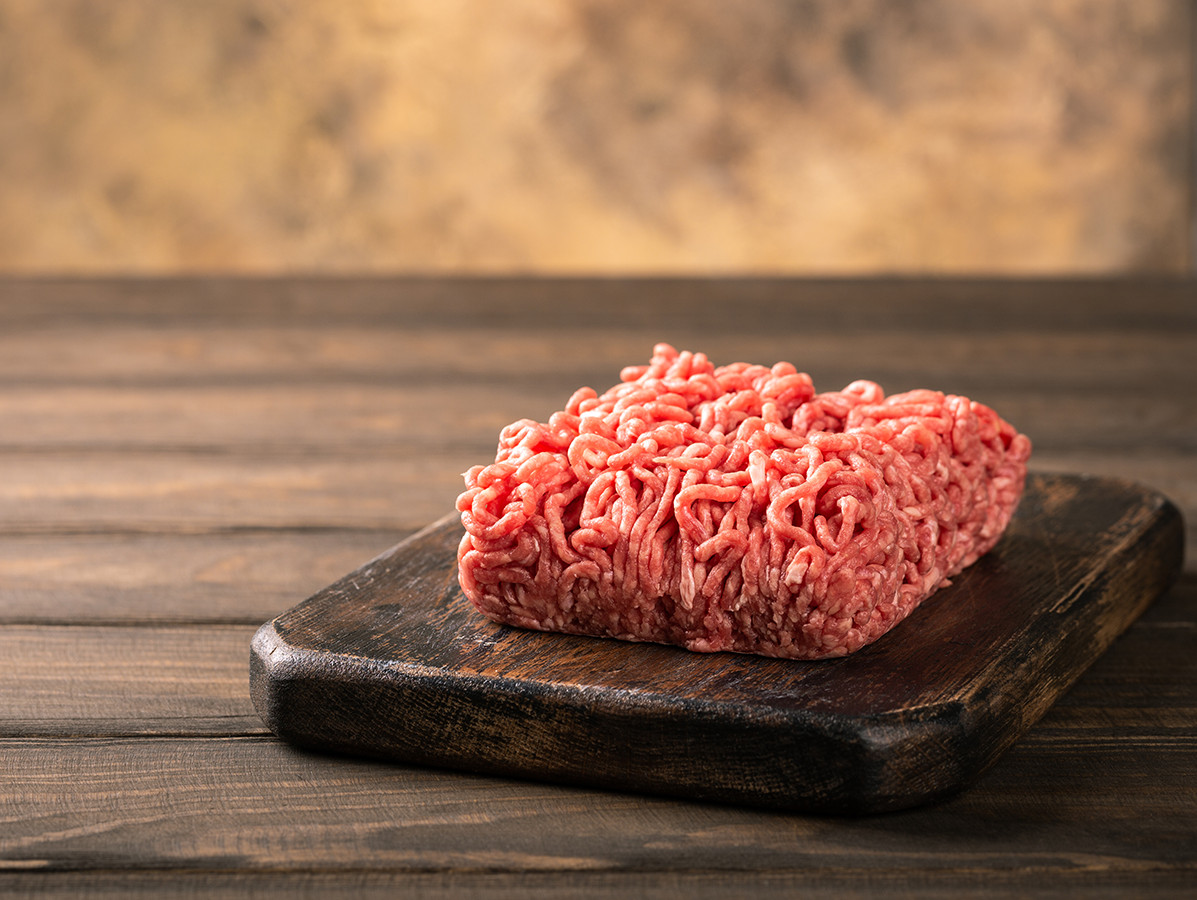
Researchers at Food Quality and Design discovered that the effect of antibacterial packaging depends, among other things, on the fat content in the meat. The packaging is more effective with lean minced meat than normal minced meat.
The research was carried out by Li Wang and her colleagues. A sample packaging material of PLA was made with carvacrol: carvacrol is a substance that occurs naturally in oils of oregano and thyme, the substance inhibits bacterial growth. Matthijs Dekker, co-supervisor of Wang: "Because of the fear that some consumers nowadays have of artificial substances, it was important for us to design a material based on a natural antibacterial agent.
The substance carvacrol is gradually released from the packaging and enters the product. It is important that the concentration in the product is constantly high enough so that bacteria do not get a chance.
The packaging has been tested for plain minced meat, with 12 percent fat and lean minced meat, with 5 percent fat. This was stored at a temperature of 5, 20 or 30 degrees Celsius. At 30 degrees, and to a lesser extent at 20 degrees, a lot of carvacrol is released in a short period of time. This prevents the mincemeat from spoiling if a cooling system does not work. Ordinary minced meat can be kept in 5 degrees Celsius for a day and a half longer on average than a package without carvacrol. The lean mince had a shelf life of two and a half days longer.
The study shows that different types of food also require different types of packaging. Dekker: "With this knowledge we can design packaging that is optimized for the type of food. Wang continues to work on the influence of food structure on antibacterial efficacy. Eventually, the research will lead to a mathematical model with which the effect of the antibacterial packaging for different products and conditions can be predicted.
Source: © Wageningen Universiteit